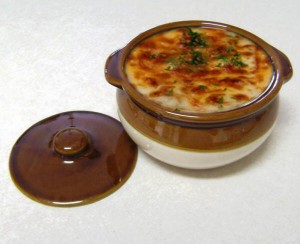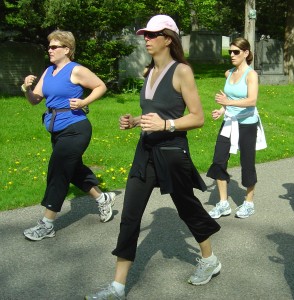N utritional studies recommended that people in recovery eat on “cruise control” throughout the day. This means eating small, frequent mini-meals–to maintain energy levels and moods more even.
utritional studies recommended that people in recovery eat on “cruise control” throughout the day. This means eating small, frequent mini-meals–to maintain energy levels and moods more even.
Suggestions for a Diet that Promotes Recovery:
- Use the USDA’s Food Guide Pyramid (PDF) as a guide to prepare well-balanced meals
- Eat 3 snacks and 3 meals per day (see Smart Snacking)
- Drink decaffeinated coffee and herbal teas to decrease caffeine
- Eat fresh fruits and vegetables
- Eat foods made of whole grains
- Eat more beans and grain products, limit the amount of red meat eaten. Red meats are harder to digest.
- Eliminate or keep to a minimum foods that contain sugar and caffeine
- Be aware of hidden sugar in cocoa, condiments, and over the counter medications
- Be aware of caffeine in over the counter and prescribed medications
Composition of the Recovery-friendly Diet:
- Protein – 25%
- Carbohydrate – 45%
- Fat – 30%
- Total calories – 2,000
Sample Meal Suggestions:
- Breakfast – oatmeal muffins, pancakes, quiche, omelet, yogurt
- Lunch – Sandwiches, salads, soups
- Dinner – Soups, chowders, rice & beans, chicken and vegetables, tortillas, lasagna with vegetable
- Dessert – Yogurt, fruit, oatmeal cookies, custard
A Note on Vitamins
Because drugs and alcohol deplete the body of vitamins and minerals, multi-vitamin/mineral plus B supplements can be especially helpful.
Vitamins and dietary suppliments should be taken with meals for optimum absorption.
Rescue Magazine, December 1998
Source:
Nutrition In Recovery by Margaret Soussloff, M.S. & Cara Zechello, R.D., Massachusetts Food Banks and Maria F. Bettencourt, MPH, Massachusetts Department of Public Health
Learn more about Nutrition & Recovery

 A. All addicts in active use of alcohol and drugs are malnourished.
A. All addicts in active use of alcohol and drugs are malnourished. Exercise, like all things in recovery, should be taken in moderation. In order for an exercise program to work, it needs to be both consistent and frequent. Make time to exercise at least four times a week, and give yourself at least an hour per session.
Exercise, like all things in recovery, should be taken in moderation. In order for an exercise program to work, it needs to be both consistent and frequent. Make time to exercise at least four times a week, and give yourself at least an hour per session.

